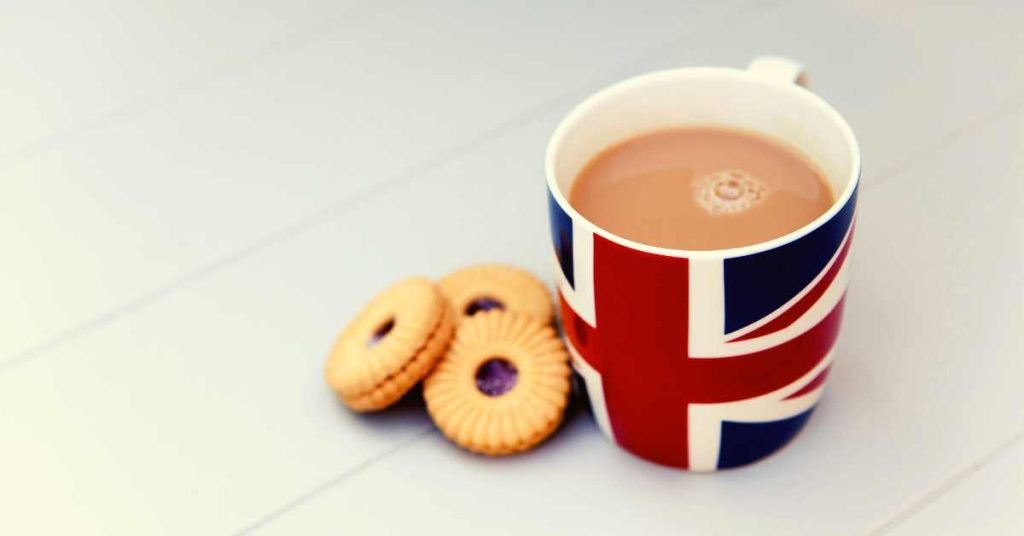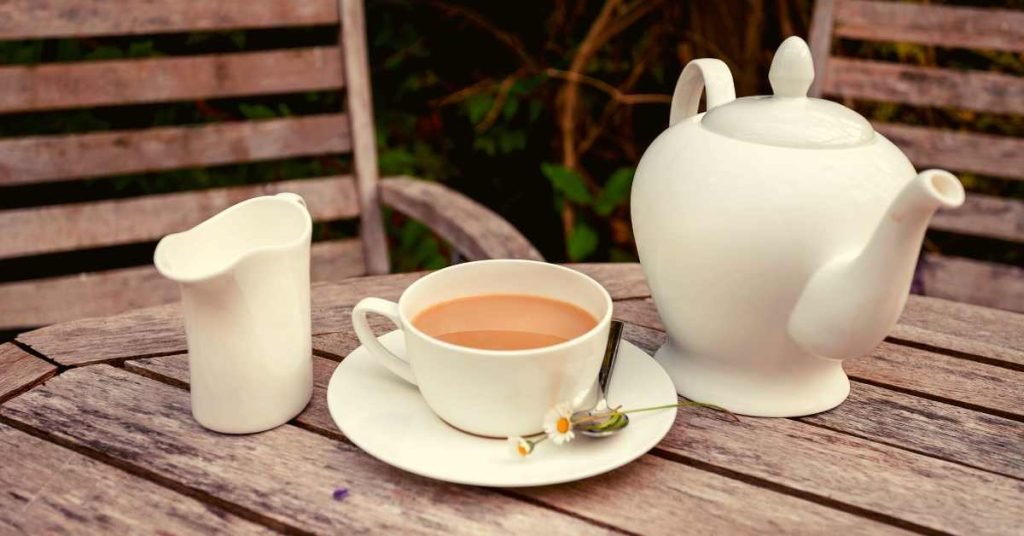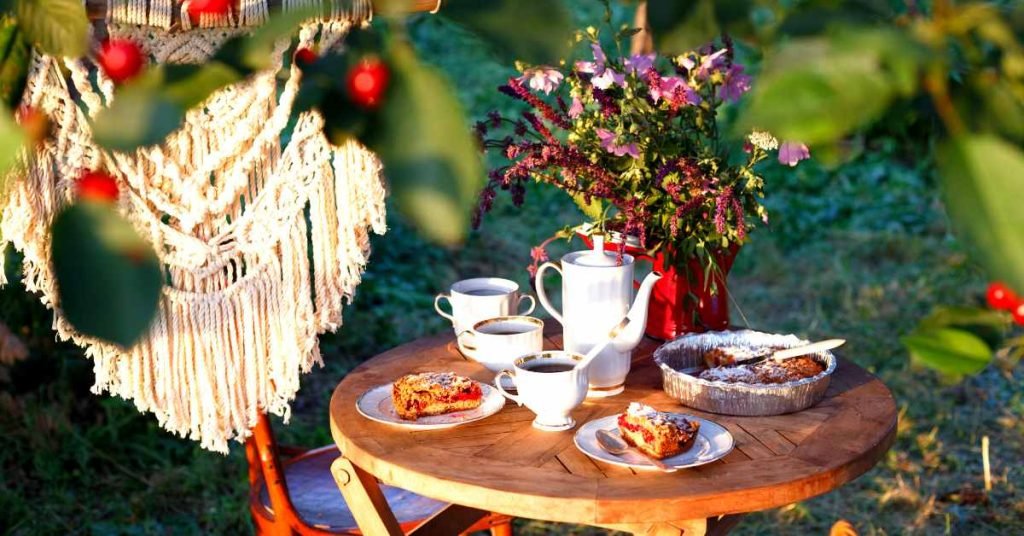It is, without a doubt, the best-known English tradition of all; at least, as far as gastronomic traditions are concerned. It has also been represented in all kinds of performing and audiovisual arts, such as films, cartoons, books, and plays, among others.
In fact, there is even a well-known song by The Kinks entitled ‘Afternoon tea‘ that refers to this traditional moment of the English and how the protagonist of the song relates it to a beautiful love story with a woman.
Because yes, tea for the English is much more than just drinking an infusion. It is an act of gathering with family, friends, or people we want to please or like.
Something that you can also do and even emulate an authentic tea time or afternoon tea at home, following the steps that we are going to give you in this article.
History of Tea in England

As you well know, tea came to England thanks to the export of this product from the colonies that the country had in India, where this product was and is an essential part of its gastronomic culture.
It was in the 17th century when this fruit of the Camellia Sinensis plant arrived in England and, as always, the first people to consume it was the upper classes, mainly the nobility and the aristocracy.
But when did this famous tradition of five o’clock tea begin in England? Curiously enough, it took a few years. In fact, it is considered that two centuries passed, when in the 19th century, the then Duchess of Bedford, Lady Anna Maria Stanhope, invented it due to the hunger she used to have in the afternoons.
How? Yes, yes. As you read it. At that time, the custom was to have a very powerful breakfast and a dinner of the same style, but nothing else was eaten for the rest of the day, at most, a small mid-morning snack. How not to go hungry!
So one afternoon when the aforementioned duchess was very hungry, she asked her servant to serve her tea with some pastries. She enjoyed it so much that she began to drink it every afternoon and, little by little, she invited her friends to join her during that moment of tea and pastries.
A moment that had a ritual, since the excuse was to meet to talk about topics of interest of the moment, share opinions and, of course, show hospitality.

Gradually, this custom went from being something only of the aristocracy and the upper classes, to the middle classes and workers, especially the latter, who stopped at 5 pm to have a small snack and thus be able to continue with the workday, which was getting longer and longer.
And so it was that an attack of hunger became one of the most typical customs in England. Of course, nowadays that time oscillates between 3 and 5 o’clock in the afternoon. Something that is not surprising considering that the schedules have nothing to do with those we have in Spain and that the time to have lunch is usually around noon.
English Tea-Drinking Traditions
But in England, tea is not only taken at 5 pm, but it is part of the gastronomic and cultural traditions of the country. Hence the famous tea time is not only at 5 pm.
Now things are changing, but most English people have breakfast with tea, usually black tea and usually with a cloud of milk (it must be cold). Throughout the day, in addition, they usually have two or three more.
This makes it rare to find a house without a teapot and a good black tea.
Because yes, the tradition of tea time in England is usually taken with family or friends, so if when you are there a native invites you to tea, he is inviting you to a pleasant chat; to a moment of listening and sharing.
How Do You Have Tea in England?

As I have already mentioned above, the English like to drink tea with a little milk and always when it is cold, but where does this tradition come from?
Historians believe that the English are the only Europeans who began to consume it this way because they were the ones who drank Assam variety tea (a black tea) and when making the infusion the color was dark and the flavor was stronger, they considered it normal to add that little bit of milk to make it softer.
In addition, they also have the custom of adding a slice of lemon, at least, that is how it is in the famous 5 o’clock tea tradition. By the way, do you know how tea is served in this famous ceremony?
To begin with, small salty sandwiches are served (usually split in half) with flavors such as cucumber, salmon, egg, or ham, among other typical afternoon tea ingredients.
Next comes the sweet snack and the famous scones, which are small rolls that are spread with butter and jam. Of course, a large teapot is prepared, so that one or two cups can be served while tasting the tea.
This type of mini snack always comes served on a trolley with different heights and it is usually the hostess who serves the cups of tea. Once the water in the first teapot is finished, the tea leaves are kept and hot water is added again.
This will mean that the second infusion will be softer and, therefore, there will be less theine in each of the cups.

In England, there are places where the five o’clock tea ceremonies are very famous and everything is taken care of in detail and with great elegance.
They are called Tea Rooms and are usually frequented by celebrities or wealthy people, since these types of “snacks” cost between 30 and 40 pounds (yes, they are open to everyone). If background music is played, it has to be very soft and is usually classical music.
What Are the Most Popular Teas in England?
The most consumed variety of tea in England is black tea because it is the one brought from the Indian colonies. Specifically, the most consumed varieties are:
- Assam black tea
- Earl Grey black tea
- Ceylon, Assam, and Rwanda black tea.
MEDICAL DISCLAIMER
Itsnevernotteatime.com cannot and does not contain medical/health advice. The medical/health information is provided for general and educational purposes only and is not a substitute for professional advice.




